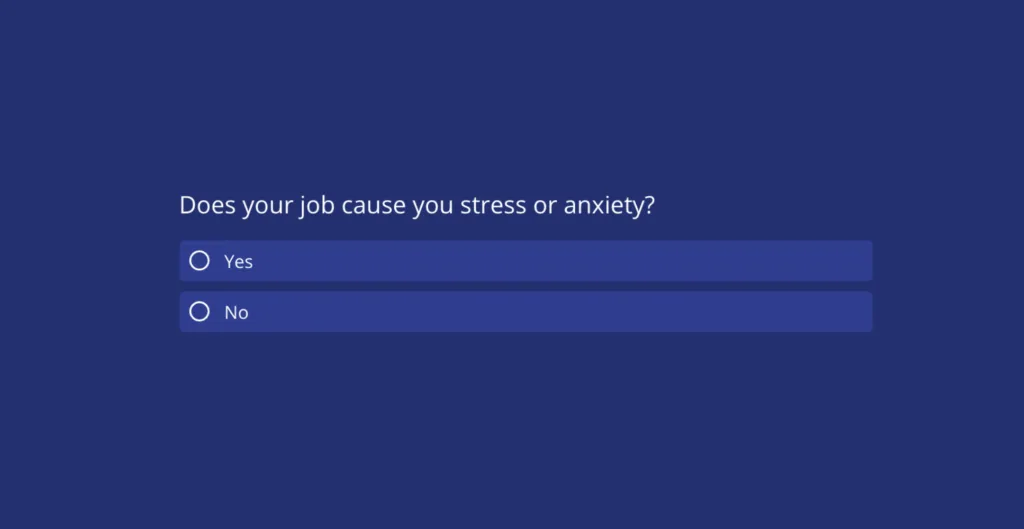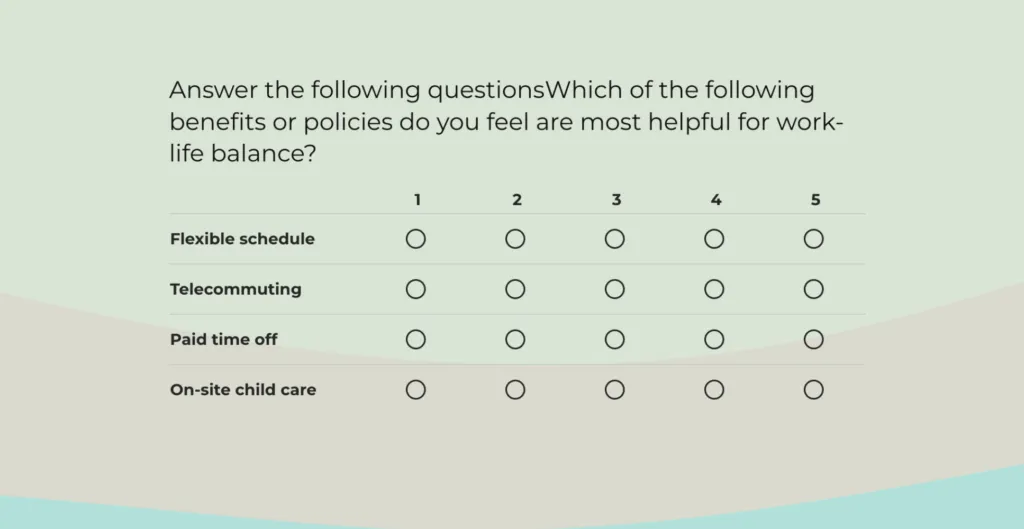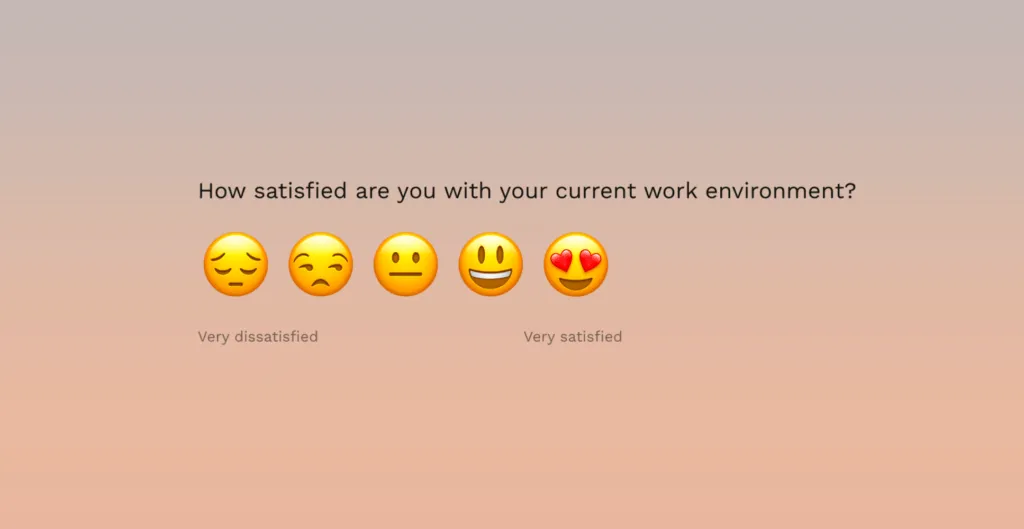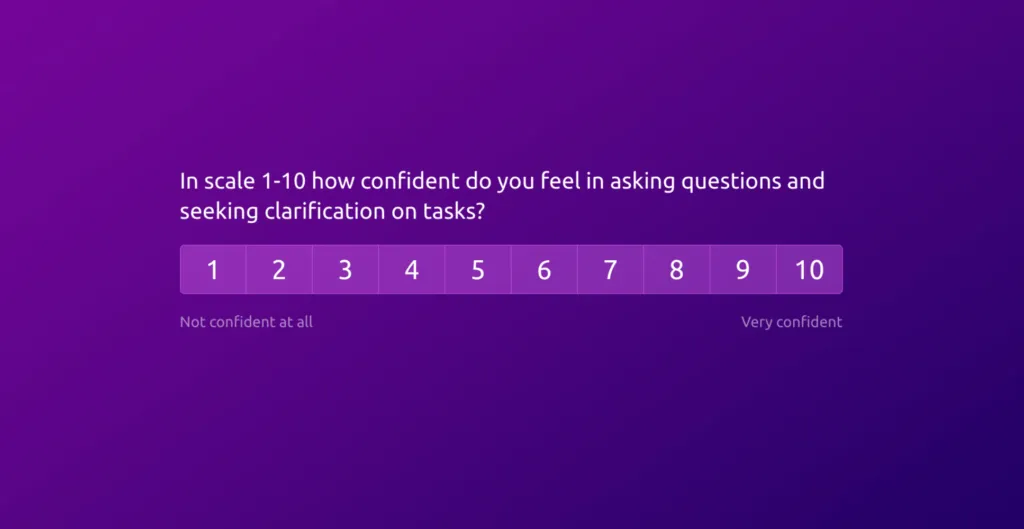4 min read
Empower employees while caring for employee well-being. Prevent employee burnout and depression.
ex Platform
Job burnout is chronic workplace stress that leads to exhaustion, detachment, and reduced effectiveness. This guide is for HR leaders and managers who want to reduce burnout risk without turning the workplace into a constant “wellness campaign.” You’ll learn five practical strategies to address the most common burnout drivers—workload, control, recognition, communication, and environment—plus what to measure so you can catch problems early. Along the way, you’ll get survey templates you can use to track job satisfaction, work-life balance, communication, and other leading indicators.
What is job burnout (and what are the symptoms)?
Job burnout is a state of emotional, physical, and mental exhaustion caused by prolonged stress at work. It’s not just “working hard”—it’s the combination of sustained demands and insufficient recovery.
Common symptoms include:
- Persistent fatigue and low energy
- Reduced motivation and lower performance
- Cynicism or detachment from work
- Irritability and difficulty concentrating
- Physical symptoms (headaches, sleep disruption)
If you need a more diagnostic approach, pair surveys with manager check-ins and consider anonymous feedback channels. A good starting point is anonymous employee feedback.
Quick comparison: 5 strategies to reduce job burnout
| Strategy | What it improves | Early warning signals to track | Helpful survey/template |
|---|---|---|---|
| Improve job satisfaction | Motivation and meaning | Low satisfaction, low recognition | Job satisfaction survey |
| Support work-life balance | Recovery and sustainability | After-hours work, high effort | Work-life balance pulse |
| Improve work environment | Day-to-day friction | Tooling/process complaints | Work environment survey |
| Build a learning culture | Growth and control | Stagnation, low autonomy | Development questions |
| Strengthen communication | Clarity and psychological safety | Confusion, low trust | Communication survey template |
1) Improve job satisfaction
Low job satisfaction is often an early stage of burnout. Address it with a mix of environment improvements and individual support.
Practical actions:
- Reduce recurring friction (meetings, unclear priorities, broken processes).
- Improve recognition and fairness.
- Create growth paths and clear expectations.
If you want structured input, start with a job satisfaction survey and add one open-ended question: “What’s the biggest thing we should change to improve your day-to-day work?”
You can also support development with targeted programs and surveys like professional development opportunities.

2) Encourage work-life balance
Work-life balance reduces burnout risk by improving recovery. The goal is not “less work,” but sustainable cadence.
What helps:
- Flexible schedules (where possible) and clear working norms
- Encouraging time off and uninterrupted focus time
- Protecting time outside work hours (especially for globally distributed teams)
If you want to measure it, use a simple work-life balance pulse and track trends over time. Start with the related template used across the blog: work-life balance survey.

3) Support a healthy work environment
The work environment includes both physical setup and operational reality: tools, processes, and how work actually gets done.
Improvements can include:
- Better tooling and clearer processes
- More predictable planning (so people aren’t constantly firefighting)
- Healthy workspace standards (lighting, ergonomics, noise)
Use a work environment survey to identify the highest-friction areas.

4) Foster a culture of learning
Burnout risk increases when people feel stuck, undervalued, or unable to influence their work. A learning culture increases autonomy and long-term motivation.
Practical actions:
- Allocate time for learning (not only “after work”).
- Create mentorship and peer-learning routines.
- Define growth paths and celebrate skill development.
If you’re building a broader EX program, connect this with regular employee pulse surveys so you can see whether development support is working.
5) Foster a culture of open communication
Burnout often grows in silence. Clear communication reduces uncertainty, improves trust, and helps people escalate issues before they become crises.
Practical actions:
- Regular 1:1s focused on blockers (not only status updates)
- Clear ownership and decision-making rules
- Feedback channels that are safe (including anonymous options)
A structured starting point is a communication survey template.

How online surveys help reduce job burnout
Surveys help you detect burnout drivers early, but only if you operationalize them:
- Measure a small set of signals (satisfaction, workload/effort, communication, environment).
- Segment results (team, role, location) to find hotspots.
- Act quickly on the top 1–2 issues.
- Close the loop: share what you changed and why.
If you want a structured approach to collecting employee feedback (including recurring surveys and templates), start with HR survey templates and our employee experience resources.
Summary
Burnout reduction works best when you combine practical changes (workload, clarity, support) with consistent measurement. Start with the five strategies above, track leading indicators with short surveys, and close the loop quickly so employees see real improvements.






